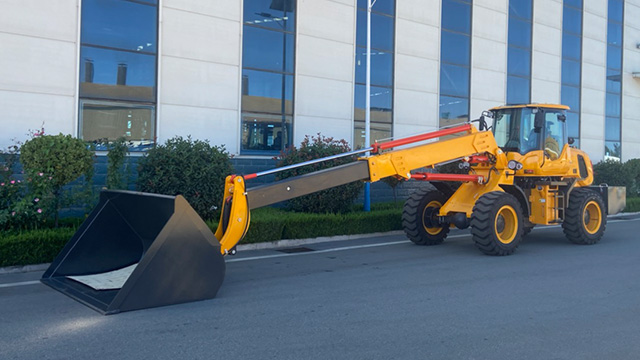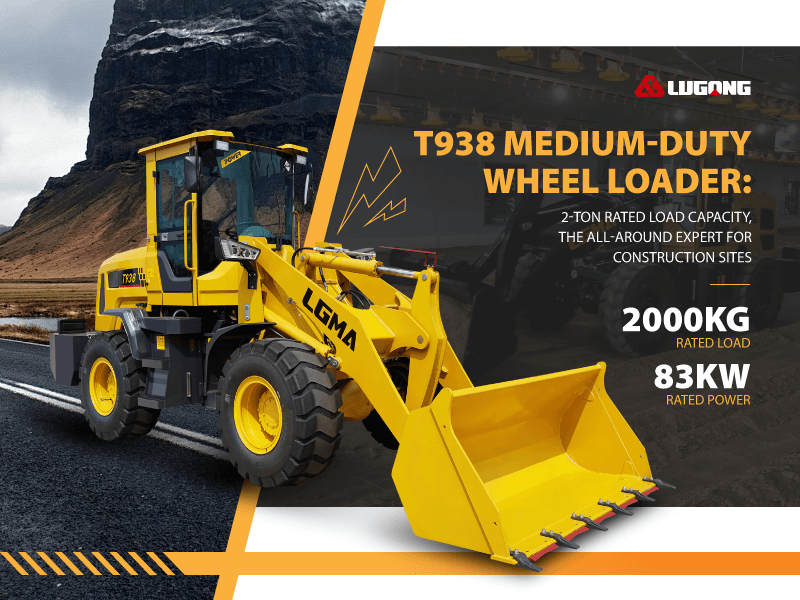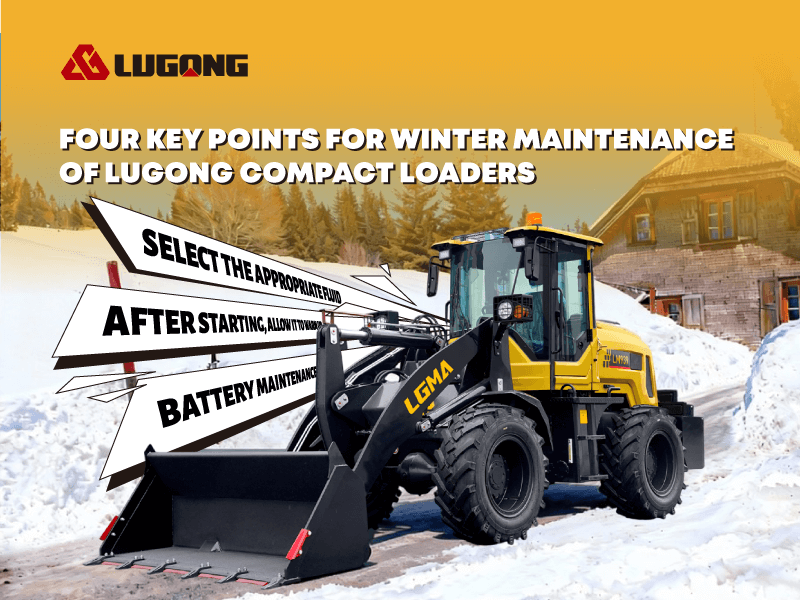What is the difference between a telehandler and a wheel loader?
Telehandlers and wheel loaders are two types of heavy machinery commonly used in construction and industrial settings. While they may appear similar at first glance, there are several key differences between these two machines.

One major difference is their primary function. A telehandler, also known as a telescopic handler or a teleporter, is designed to lift and place heavy loads at height. It features a telescopic boom that can extend and retract, allowing for increased reach and versatility. Telehandlers are often used in tasks such as material handling, lifting pallets, and placing objects on elevated surfaces.
On the other hand, a wheel loader, also known as a front end loader or a bucket loader, is primarily used for digging, loading, and moving materials such as soil, gravel, and debris. It is equipped with a large bucket at the front, which can be raised and lowered to scoop up and transport materials. Loaders are commonly used in construction, landscaping, and agriculture for tasks such as excavation, grading, and loading trucks.
In summary, telehandlers and wheel loaders are distinct machines with different functions and features. Telehandlers are designed for lifting and placing heavy loads at height, while wheel loaders are primarily used for digging, loading, and moving materials. Telehandlers offer greater mobility and maneuverability, with an enclosed cab for operator comfort. Wheel loaders, on the other hand, are better suited for flat surfaces and open areas, with an open cab design for better visibility. Both machines have their strengths and are essential in various industries.


